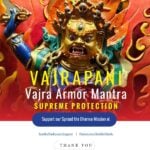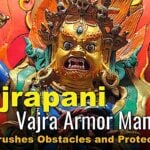“All Dharmas are forms of emptiness” : ultimate wisdom in the spaces between thoughts, between sounds, between images, between feelings

The sages and the Buddhas found ultimate wisdom in the spaces between thoughts, between sounds, between images, between feelings. The ancient saying “all Dharmas are forms of emptiness” isn’t just a fun pun — how can there be “form” in emptiness? — it is also a core mission.
When we think of the vastness of the Universe — and its amazing, unlimited scope — we think of stars and glittering lights; but the true vastness is in the vacuum of the spaces between the stars. The space between stars in the Universe seems vast, until you contemplate the even more incredible space between galaxies.
The multiverse grows even more expansive with Quantum physics and the unlimited reality of the invisible. Our minds also seem limitless — boundless thoughts — until we contemplate the spaces between those thoughts. And, as Buddha taught — in various ways — it is in the spaces between our thoughts that might find Enlightenment.

“Indoctrinated reality” — born from attachments
Our attachment to our senses begins as an unborn baby in the womb. We feel and hear our mothers. As growing children, our senses bind us even more firmly to sensations that seem real, tangible, living, and powerful. We crave the apparently pleasant sensations and avoid the unpleasant. By the time we are adults, we are bound firmly in this indoctrinated reality of the senses. When, as adults, we find Buddhism, we are taught to untangle all of that conditioning. We seek the wisdom of emptiness.
Buddha taught many skillful means, all of which, on the surface, seem contradictory or nonsensical. On one hand, the sutras speak of a vast multiverse of endless universes beyond our conception; and on the other, we learn “form is emptiness; emptiness is form.”

In Zen, we seek wisdom in apparently mindless meditation — just watch your thoughts come and go. [We have dozens of features in our special section on mindfulness here>>] In Pureland Buddhism, we focus on a single praise such as “Namo Amituofo” — another form of apparent “mindless” practice. [See our feature on this practice>>]
In soundless sound meditation, we learn to listen for “one hand clapping.” In Chod — in a method, in common with shamanism — we use the drum and chanting to seek out the spontaneous sensations — often with a mask or visor. [See our previous feature on “drumming for mindfulness>>]
Sensory deprivation tank anyone?
“The moment you try to understand nothing, you fill it with something.” The man who said this was either trying to be funny — for the Youtube video below — or serious?
Why not just use modern methods and jump into a sensory deprivation tank until “wisdom” manifests? After all, why bother with all this “mindfulness” and “visualizing” and “drumming” and “bells” and “chanting” — just put on a mask and headphones and plunge into the sensory deprivation tank for an Enlightening experience.
Science and technology aren’t a good substitution (yet!) for teachers and proven methods. Bear in mind that in the above video, the two subjects spent an hour each in the “tank.” Imagine the longer experiements — days and weeks in the tank.
The cautionary aspect of the early experiments conducted in the 50s is that sudden and complete sensory deprivation for a long period results in “temporarily impaired cognition.” Isn’t that what we want — to put aside constructed cognition to find the truth beyond? Yes — and no. Those early experiments by scientists indicated it can be dangerous and damaging to suddenly plunge a subject into “nothingness.” There can be psychological harm. Many early subjects panicked and refused to continue after only a few hours in the “tank.”
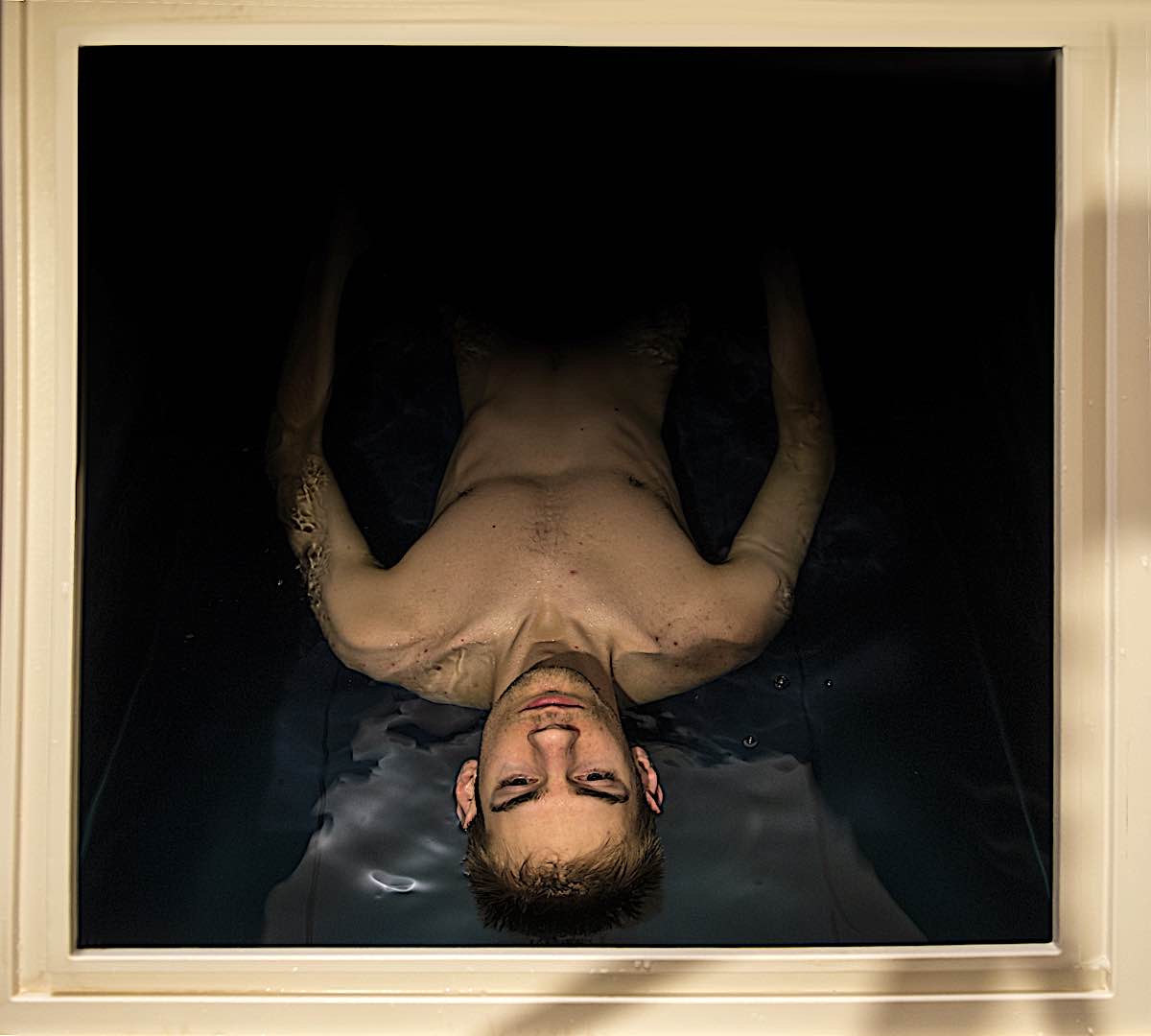
Progressive still works best
For this reason, for example, in Buddhism, we learn mindfulness as an initial “wisdom” method before we move into more profound ways to release “the gates of the senses” such as “Soundless Sound” meditation, Dzogchen, Mahamudra and Chod practices.

Mindfulness
In mindfulness, we observe the arising and passing away of thoughts without getting caught up in them. This simple act of mindfulness can lead to deeper understanding and wisdom, and a release of the grip that our thoughts have on us. As the author of “Tranquility’s Secret” explains,
“All meditation practices use a support — at least initially — upon which you focus your attention. This is done in order to keep your mind in check… Mindfulness meditation is quick, it’s easy, and it’s productive… so why not? Mindfulness meditation uses different types of phenomena as the support for the practice. The support is a phenomenon which you focus your attention on in a mindful manner. The breath is the most frequently used, but really any phenomenon will suffice, as they are equally beneficial. Through the effort to focus your attention, you calm your mind.”
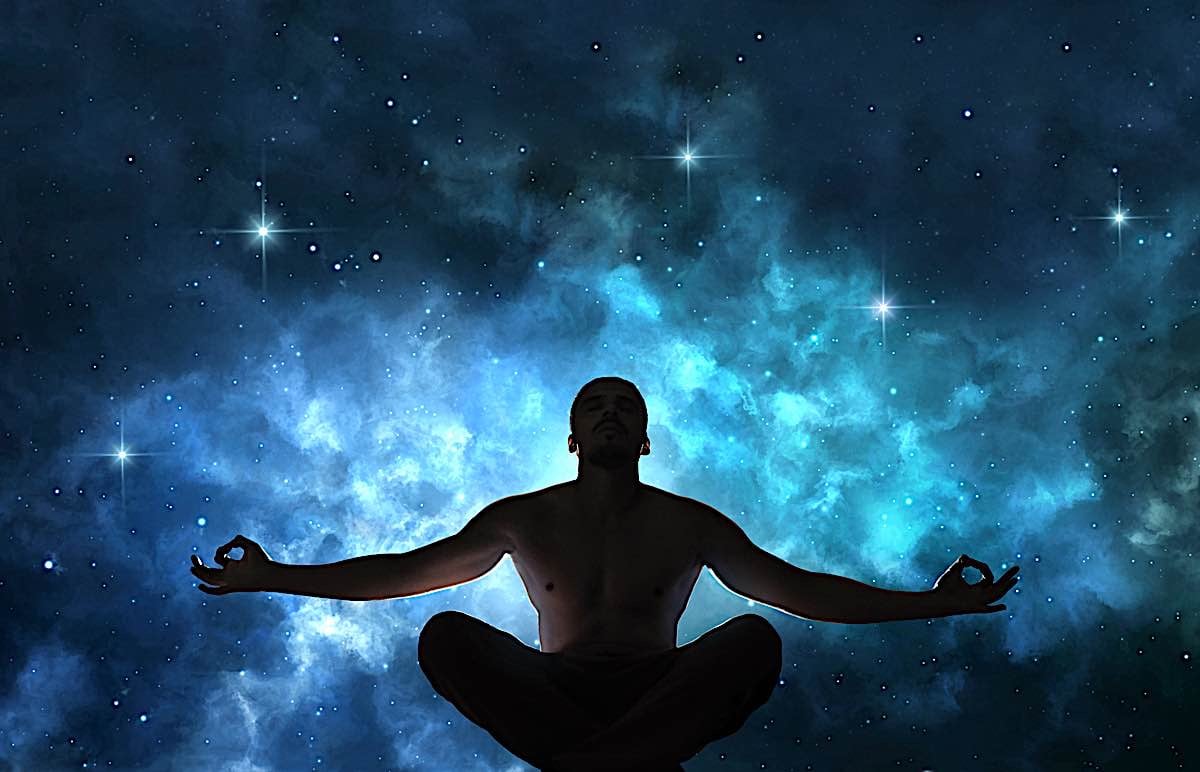
Soundless sound?
In “Soundless Sound” meditation, we take things one step further by learning to listen for the spontaneous “sounds” that arise in the spaces between our thoughts. As with “mindfulness” where we simply observe our thoughts, here we just “listen” for spontaneous sounds that don’t arise voluntarily.
The aim of this type of meditation is to catch a glimpse of the true nature of reality beyond our ordinary perceptions. When we can see thoughts as just thoughts, and sounds as just sounds, we open up the possibility of experiencing reality without the lens of our conditioned minds. In the words of one teacher, this type of meditation is “mindfulness without method.”

Spontaneous sound?
The beauty of spontaneous sound meditation is that it can be practiced anywhere, at any time. You don’t need to go off into the wilderness or sit in a cave for years; you can do it right now, in the midst of your everyday life. All you need to do is listen for the spaces between your thoughts, and for the spontaneous “sounds” that arise in those spaces. With practice, you will begin to catch glimpses of the true nature of reality — the “emptiness that is form, and the form that is emptiness.”
Looking for the spaces “between”
In the search for the spaces between — without the use of the sensory deprivation tank — we can refine our meditations, usually as guided by teachers.
In the case of All-Pervading Sound and “Soundless Sound Meditation” we go beyond simple mindfulness: looking for the inner spontaneous “sounds” in between our thoughts. Inner Spontaneous Sound is an ancient method of Dzogchen preparation.
In Chod — an advanced form of Tibetan meditation — we wear black visors or masks to remove even the slightest hint of mundane sight — and early attempt at sensory deprivation? In mindfulness practice, we still our minds to find the wisdom between our frenetic thoughts.
All of these methods share the commonality of the wisdom practice of “emptiness.” We look for the “in-between” truths that hide far away from our obscuring senses.
As mentioned, even scientists experiment with this concept with “sensory deprivation tanks.” When sensory deprivation experiments fail, science looks to “sensory overload.” Both concepts are ancient methods found in Dzogchen, Mahamudra, Zen and other conceptless concepts of Dharma practice.
Methodless Method
Just as Chan (Zen, Seon) practice is meant to be the “methodless method” or the “way without doctrine” — the Dharma path without scriptures — the somewhat lost technique of “inner spontaneous sound” listens for the sounds between the sounds, or the non-thoughts between the thoughts.
Emptiness isn’t just a translation of “Shunyata” — albeit an insufficient one — it is a concept that is intrinsically bound to the concept of “between thoughts.”
Why do we undertake mindfulness meditation? Why is Emptiness associated with wisdom in Buddhism? Aside from those who simply hope to attain the health benefits of stress release, there is a profound and almost unreachable objective for mindfulness — as practiced in Buddhism.
We don’t seek to empty our thoughts to attain a vegetative state. The quest for Enlightenment begins with the path untrodden. We seek wisdom in the empty spaces between our thoughts.
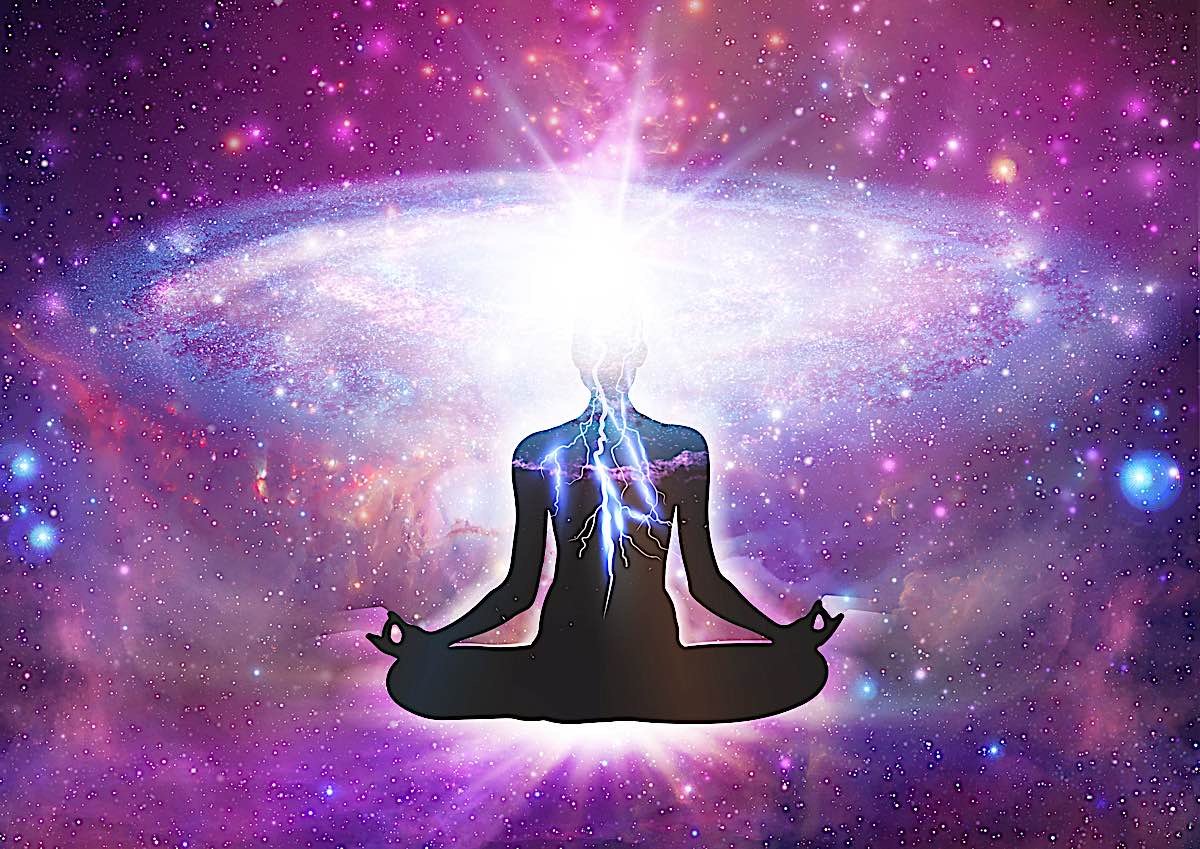
Buddha taught consistently — from the first teaching, right on up to the glorious Paramita sutras — that we are trapped and imprisoned in Samsara due to our “gates of the senses.”
The eyes deceive us with illusory images.
The ears trick us with rhythms and patterns that we interpret as language.
Our flesh craves the exotic senses of delightful touches — and recoils from the painful sensations.
What do all these senses do for us? Yes, they help us to survive in Samsara — but equally, they trap us here in the illusory world of perceptions.
This is why, in various lab testing environments, sensory deprivation has proven so empowering to the developing mind. When we take away the eyes, we learn to see in a superior way. Take away the ears, we hear the “inner spontaneous sounds” that we weren’t able to hear before. Take away touch, and we float in bliss.
This is where Dzogchen, Mahamudra, and even generation stage meditations in Vajrayana help us.
Mindfulness without method
In movies, the “Zen” monk always poses enigmatic, unsolvable riddles. In the real temple environment, these are called koans. In TV-land, it makes for powerful “mysterious” energy. Another nearly “cliché” TV scene is the seated monk, so immovable in contemplation that nothing can move him.
Both of these TV “clichés” are based in real Zen practice. We do challenge — and try to “break the mind” — with koan riddles. In mindfulness we are taught — if taught makes any sense in this context — to non-think or to just “be” in the moment.
Mindfulness itself, though, has a higher goal than simply to “be in the moment.” The yogi’s or meditator’s mission is to explore the spaces “between the moments” and “between the thoughts.”
What is the goal of these bizarre methods?
So, back to my original question: what do sensory deprivation experimentation, mindfulness and unsolvable riddles have in common? Why are they considered advanced techniques when they appear so “mindless?”
The answer is simple. They are all methods to find the gaps — the spontaneous “sounds” that occur in between our thoughts. And, in those gaps, we just might glimpse the true nature of reality.
It’s not an accident that Buddha taught us to use the word “Dharma” — which can be translated as “gap” or “space” to describe the truth that we are seeking. (I don’t mean the “literal translation of Dharma to English” — I’m referring to the teaching context.)
Dharma is the space in between thoughts, and it is also the spontaneous sound that occurs when we non-think.
In Zen, this concept is immortalized in the famous Koan: “the sound of one hand clapping.” It is the silence between the notes, the void between the words.
And it is in this space that we find true wisdom.
When we can non-think — the nearly impossible method of mindfulness without method, we are opening the door to spontaneous sound — and spontaneous sound is the key to true wisdom.
So, the next time you find yourself caught up in the hustle and bustle of daily life, take a moment to just “be” in the silence between the thoughts. And, who knows, you just might find that spontaneous sound — the key to true wisdom.
You choose your enigmatic, sage-like concept — methodless method, thoughtless mindfulness, soundless sound — they all amount to the most advanced non-concepts of “Dharma.”
Non-conceptual Dharma
“The dharani entering into nonconceptuality”:
“Once bodhisattvas, great beings, have thus abandoned every type of conceptual sign by not directing their minds toward them, they are well oriented to the nonconceptual but have yet to experience the nonconceptual realm. They do, however, possess the well-grounded meditative absorption conducive to experiencing the nonconceptual realm. As a consequence of cultivating this genuine method, training in it repeatedly, and correctly orienting their minds, bodhisattvas will experience the nonconceptual realm without volition or effort, and gradually purify their experience. For what reason, noble sons, is the nonconceptual realm called ‘nonconceptual’? It completely transcends all conceptual analysis, completely transcends all imputations of instruction and illustration, completely transcends all conceptual signs, completely transcends all imputation via the sense faculties, completely transcends imputation as sense objects, completely transcends imputation as cognitive representations, and is not based in the cognitive obscurations or in the obscurations of the afflictive and secondary afflictive emotions. For this reason the nonconceptual realm is called ‘nonconceptual.’”
The dharani entering into nonconceptuality; translated by the Dharmachakra Translation Committee [1]
Science and Sensory Deprivation
What did scientists learn by placing subjects “back in the womb” by depriving them of senses?
The goal of sensory deprivation experiments is to find the spontaneous “sounds” that occur in between our thoughts — to glimpse the true nature of reality.
In one such experiment, subjects were placed in a dark, soundproof room where they floated weightlessly in murky water.
After just a few hours, many of the subjects began to experience hallucinations — to “hear” spontaneous sounds that were not actually there.
These subjects were not crazy — they were simply experiencing “glimpses” of the true nature of reality, unmediated by the senses. Or, were they? This is why teacher-guidance is superior to the “tank” method. The teacher can coach us when spontaneous sensations arise.
In another similar experiment, subjects were placed in an anechoic chamber — a room designed to stop reflections of either sound or electromagnetic waves. In this chamber, waves cannot bounce off the walls, and as a result, all external noise is effectively eliminated.
Again, many of the subjects began to experience spontaneous “sounds” — this time, “inner” sounds that were not actually there
What do these experiments tell us? They tell us that the true nature of reality is far more strange and mysterious than we could ever imagine. That, itself, won’t bring wisdom — for that we still need the guidance of sutras and our teachers — but as a method it’s a start.
NOTES
More articles by this author
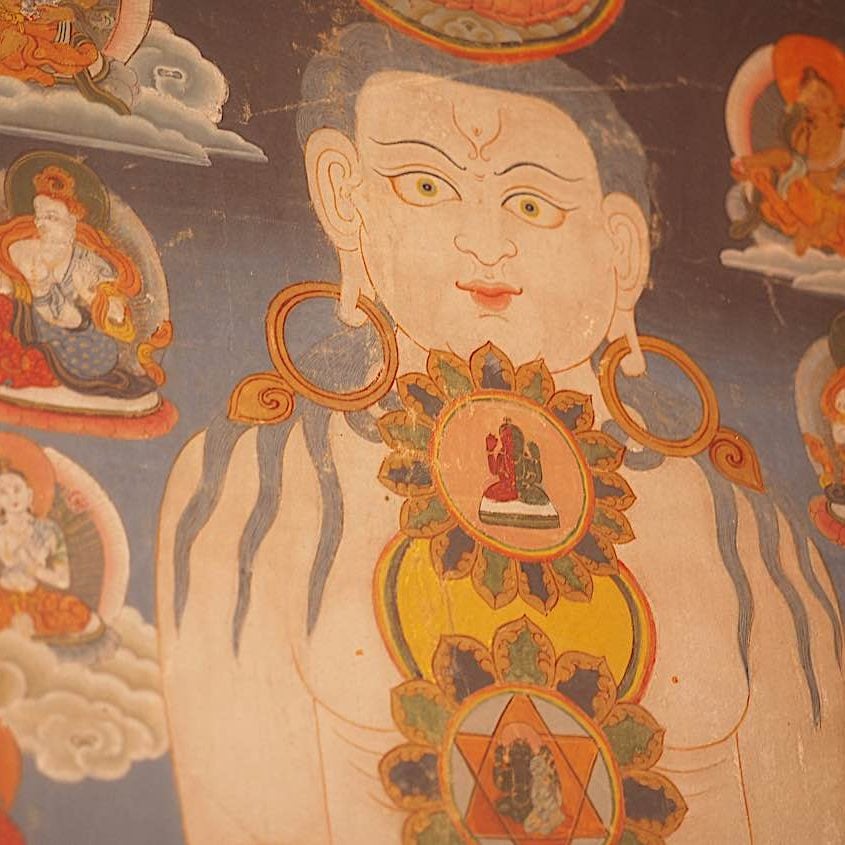
Buddhist body mandala practice in Vajrayana Buddhism — and riding the winds of the inner body “The prana goes where the mind goes.””

4 Guardians of the World and Dharma: the Watchers of the World: the Four Heavenly Kings in Buddhism, Their Mantras and Practice
Search
Latest Features
Please support the "Spread the Dharma" mission as one of our heroic Dharma Supporting Members, or with a one-time donation.
Please Help Support the “Spread the Dharma” Mission!

Be a part of the noble mission as a supporting member or a patron, or a volunteer contributor of content.
The power of Dharma to help sentient beings, in part, lies in ensuring access to Buddha’s precious Dharma — the mission of Buddha Weekly. We can’t do it without you!
A non-profit association since 2007, Buddha Weekly published many feature articles, videos, and, podcasts. Please consider supporting the mission to preserve and “Spread the Dharma." Your support as either a patron or a supporting member helps defray the high costs of producing quality Dharma content. Thank you! Learn more here, or become one of our super karma heroes on Patreon.
Lee Kane
Author | Buddha Weekly
Lee Kane is the editor of Buddha Weekly, since 2007. His main focuses as a writer are mindfulness techniques, meditation, Dharma and Sutra commentaries, Buddhist practices, international perspectives and traditions, Vajrayana, Mahayana, Zen. He also covers various events.
Lee also contributes as a writer to various other online magazines and blogs.




